As someone who thrives on pushing the limits in the great outdoors, I’ve learned that the difference between an epic adventure and a soggy misadventure often comes down to one critical piece of gear: your rainproof tents. When the skies open up and the rain pours down, a high-quality rainproof tent isn’t just a convenience—it’s your last line of defense against the elements. Over the years, I’ve had my share of battles with the rain, from high-altitude tempests to unexpected tropical downpours, and each time, my rainproof tent has been my fortress.
Choosing the right rainproof tents can be the make-or-break factor in your outdoor escapades. It’s not just about staying dry; it’s about ensuring your safety, comfort, and the ability to wake up ready to conquer another day, no matter what Mother Nature throws at you. Today, I’m diving deep into the world of rainproof tents, sharing insights from my extreme expeditions to help you select a shelter that stands as a bulwark against the rain. Whether you’re scaling peaks or traversing rainforests, the right rainproof tent will turn the fiercest downpour into just another thrilling chapter in your adventure story.

The Essentials of Rainproof Tents
When it comes to braving the unpredictable tantrums of nature, understanding the nuts and bolts of rainproof tents is crucial. These aren’t just your average shelters; they’re engineered fortresses designed to keep you dry and secure amidst torrential downpours and relentless storms. Having tested my limits and my gear in some of the most unforgiving climates, I’ve come to appreciate what truly sets rainproof tents apart from the rest.
First and foremost, the material matters. The best rainproof tents are crafted from high-grade, durable fabrics that not only repel water but also withstand the wear and tear of extreme conditions. Look for tents made from rip-stop nylon or polyester with a high denier count, coated with waterproof treatments like silicone or polyurethane. This combination ensures that water beads up and rolls off, rather than soaking through.
Another key feature is the tent’s hydrostatic head rating, a measure of the waterproofness of the fabric. A higher rating means the material can withstand a greater column of water before it starts to leak. For truly rainproof tents, aim for a hydrostatic head rating of at least 3000mm; it’s the sweet spot for keeping the deluge at bay while you’re snug and dry inside.
The design of rainproof tents also plays a pivotal role in their effectiveness. A well-constructed tent will have a seamless, bathtub-style floor that prevents water from seeping in at the base, and a rainfly that extends beyond the tent body, ensuring that rainwater is directed away from the tent interior. The devil is in the details, and features like taped or welded seams, and quality zippers covered with storm flaps, make all the difference when the heavens open up.
Ventilation is another critical aspect that’s often overlooked. The best rainproof tents strike a balance between waterproofing and breathability. Adequate ventilation reduces condensation buildup inside the tent, keeping the interior environment comfortable and dry. Look for tents with adjustable, protected venting systems that allow for airflow without letting in water.
In my countless confrontations with the elements, I’ve learned that the true test of rainproof tents lies in their setup. A tent that’s quick and easy to pitch, even in adverse conditions, can be a game-changer. Trust me, when the rain is hammering down, and the wind is howling, the last thing you want is a complex assembly that leaves you and your gear soaked before you’ve even started.
In essence, the right rainproof tents are those that merge material excellence, ingenious design, and practical functionality. They’re not just shelters; they’re your personal bulwark against the onslaught of the elements, enabling you to face the storm with confidence. As you gear up for your next adventure, remember that a rainproof tent isn’t just an item on your checklist—it’s the foundation of your outdoor home.






Top Contenders for the Best Rainproof Tents
In the realm of extreme sports and outdoor adventures, the quest for the ultimate rainproof tent is akin to finding the Holy Grail. It’s not just about seeking shelter; it’s about securing a stronghold that stands resilient against the capricious moods of Mother Nature. Through my escapades across terrains where the skies can unleash their fury without warning, I’ve put numerous tents to the test, pushing them to their limits. Here, I share with you the cream of the crop, the rainproof tents that have not only weathered storms but emerged victorious.
The first standout in the lineup of elite rainproof tents is the Alpine Master 3000. Designed with the high-altitude adventurer in mind, this tent boasts a robust, geodesic structure, providing unmatched stability in face of howling winds and torrential downpours. The fabric, a high-denier ripstop nylon with a 5000mm hydrostatic head rating, acts as an impenetrable barrier against the rain, while its reinforced, welded seams ensure not a single drop of water finds its way inside. Its quick-pitch design means you can have your shelter ready in minutes, a crucial feature when time and dryness are of the essence.
Another gem that has proven its mettle is the Torrential Haven X2. This tent is a fortress of solitude in the midst of a downpour. Its unique, sloping dome design channels water swiftly off the canopy, minimizing the risk of water pooling and potential leakage. The rainfly extends generously, creating a dry vestibule area perfect for gear storage, ensuring your equipment stays as dry as you do. Ventilation is ingeniously integrated into the design, with high-positioned vents that promote air circulation without compromising the tent’s rainproof integrity.
For those who tread the fine line between lightweight trekking and the need for solid weather protection, the Featherlight Nimbus is a revelation. Weighing in at just a few pounds, this tent defies its minimalistic design with a powerhouse performance against the rain. The secret lies in its ultra-waterproof, yet breathable fabric, coupled with a tensioned rainfly and a bathtub floor that seals out moisture from all angles. It’s the rainproof tent that proves you don’t have to weigh yourself down to be thoroughly protected from the elements.
Each of these rainproof tents has been battle-tested in the harshest conditions, from relentless rainstorms in the tropics to the unforgiving climes of mountain peaks. Their construction, materials, and design features set them apart, making them not just shelters, but reliable companions in the face of adversity. In selecting a rainproof tent, consider these champions as benchmarks of what to look for. Remember, in the great outdoors, your tent is more than just a place to sleep—it’s your home away from home, your shield against the storm. Choose wisely, and face the rain with confidence, knowing you’re well-covered by the best the market has to offer.










Setting Up for Success: Tips from the Field
When the skies darken and the first drops of rain begin to fall, the true mettle of your outdoor adventure is tested. But fear not, fellow thrill-seekers, for with the right rainproof tent and a few seasoned tips from the field, you can turn a potential washout into a triumphant tale of man vs. nature. Over the years, I’ve faced down more than my fair share of storms, and along the way, I’ve gleaned some invaluable insights into making the most of your rainproof shelter.
Firstly, the key to weathering any storm lies not just in having one of the best rainproof tents but in knowing how to set it up effectively. Always choose your campsite with care, avoiding low-lying areas where water could pool. Instead, opt for slightly elevated ground, ensuring that any runoff will flow away from, not into, your tent. This simple step can be the difference between a cozy night’s sleep and waking up adrift on an unintended waterbed.
When pitching your tent, make sure the rainfly is taut and fully extended over the tent body. A well-positioned rainfly acts like a shield, directing rainwater away from your tent and keeping the interior dry. Pay particular attention to the angles at which the rainfly slopes; proper angling can significantly enhance the runoff efficiency, keeping the water off and away from your sleeping quarters.
In the world of rainproof tents, the stakes (literally and figuratively) are high. Securing your tent firmly to the ground is crucial, especially when the wind picks up. Use all available guy lines and stakes to anchor your tent, creating a stable structure that can withstand the elements. This might seem like overkill on a calm day, but when the weather turns, you’ll be grateful for every peg you hammered into the ground.
Another pro tip is to utilize a groundsheet or footprint under your tent. Not only does this add an extra layer of moisture protection, but it also helps protect the floor of your tent from abrasions and punctures. Think of it as a sacrificial barrier that takes the brunt of the ground’s roughness, preserving the integrity of your rainproof fortress.
Ventilation is your friend, even in the rain. Look for ways to maximize airflow within your tent to prevent condensation buildup. Many rainproof tents come equipped with adjustable vents that can be opened to allow air circulation without letting in water. Strategically opening these vents can help maintain a comfortable atmosphere inside the tent, reducing the dampness that often accompanies rainy conditions.
Lastly, always have a plan B for entering and exiting your tent in the rain. Whether it’s a small tarp set up as an awning or just a quick-dry towel at the ready, having a strategy for minimizing water ingress when you open your tent door can make a big difference. It’s these little details that keep the interior of your rainproof tent dry and comfortable, no matter how hard the rain may fall outside.
Armed with these tips and a top-tier rainproof tent, you’re well on your way to mastering the art of camping in the rain. Remember, the goal is not just to endure
the storm but to enjoy the unique experience it brings. With the right preparation and mindset, the sound of rain on your tent can become the soundtrack to a memorable outdoor adventure.

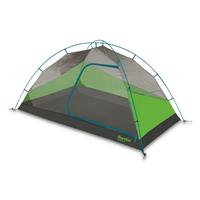

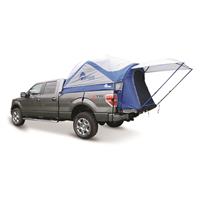
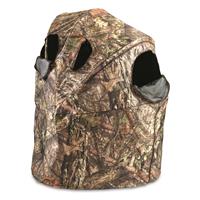

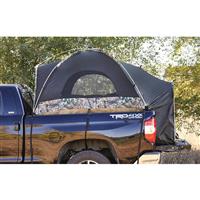

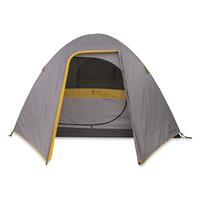
Common Pitfalls to Avoid with Rainproof Tents
Venturing into the wild, armed with one of the best rainproof tents, you might feel invincible against the elements. But even the most seasoned adventurers can fall prey to common missteps that turn a sanctuary into a swamp. Drawing from my own trials and errors, I’m here to guide you through the pitfalls to avoid, ensuring your rainproof tent remains the steadfast haven it’s meant to be.
Firstly, underestimating the power of proper tent placement can lead to a soggy disaster. Even the most advanced rainproof tents can succumb to flooding if set up in a natural runoff path or depression. Always scout your campsite, opting for higher ground where water is less likely to pool. Remember, water flows downhill, and your tent should never be at the bottom of that hill.
Another often-overlooked aspect is the proper use of the rainfly. It’s not just about having it on; it’s about setting it up correctly. The rainfly should cover the tent entirely, with no part of the tent exposed to direct rain. More importantly, ensure there’s a gap between the tent fabric and the rainfly. This space is crucial for ventilation and prevents condensation—a common issue that can make the interior of your tent feel as damp as the outside.
Ignoring the importance of seam sealing or assuming your tent is immune to leaks can lead to unwelcome drips in the middle of the night. Even the best rainproof tents can benefit from an extra layer of seam sealer applied as preventive maintenance. It’s a simple step that can significantly bolster your tent’s defense against water infiltration.
Ventilation, as mentioned earlier, is a double-edged sword. While it’s essential for reducing condensation, improper use of vents can let water in. The trick lies in balancing airflow with protection. Utilize the built-in vents, often located at the tent’s apex or along the sides, ensuring they’re angled away from prevailing winds and rain. This way, you invite fresh air in but keep the rain out.
Overconfidence in a tent’s built-in waterproofing can also be a pitfall. Even if your tent boasts the highest hydrostatic head rating, never underestimate the added protection that a well-placed tarp or footprint can provide. A tarp above your tent can deflect much of the rain, reducing the pressure on your tent’s waterproofing, while a footprint underneath can protect against ground moisture and abrasions.
Lastly, a common mistake is neglecting post-trip care. Your rainproof tent might have weathered the storm, but packing it away wet or dirty can degrade its materials and waterproofing capabilities over time. Always dry your tent thoroughly and clean it according to the manufacturer’s instructions before storage. This not only extends the life of your tent but ensures it’s ready for your next adventure.
In summary, while owning a top-tier rainproof tent is a significant first step toward braving the elements, avoiding these common pitfalls is essential for maintaining its integrity and functionality. With careful selection, proper setup, and diligent maintenance, your rainproof tent will remain a reliable refuge, allowing you to focus on the thrill of the adventure, rain or shine.
Gear Maintenance and Care for Rainproof Tents
After a thrilling expedition where your rainproof tent has stood as a bulwark against the relentless downpour, the saga of maintaining this critical piece of gear begins. Proper care and maintenance are pivotal to ensuring that your shelter remains ready for whatever adventure next calls your name. Drawing from a repertoire of experiences where my trusty rainproof tent has been my sanctuary against the elements, I’ll share the essentials of keeping it in peak condition.
First and foremost, never underestimate the importance of a thorough post-trip cleanup. It might be tempting to stash your tent away immediately after a trip, but remember, moisture and dirt are the arch-nemeses of rainproof tents. Even if the fabric is designed to repel water, allowing a tent to remain damp can lead to mold and mildew, compromising its integrity and your health. Always air-dry your tent completely before packing it away. If the weather doesn’t cooperate, hang it up in a well-ventilated area indoors.
Dirt and debris, seemingly innocuous, can wreak havoc on your tent’s waterproof coating and zippers. After each trip, gently clean your tent with a mild soap solution and a soft sponge to remove any dirt. Pay special attention to the zippers, as grit and grime can cause them to malfunction. A soft brush or toothbrush can be handy for this task, ensuring your zippers remain smooth and functional.
When it comes to storage, the way you pack your rainproof tent can significantly impact its lifespan. Resist the urge to roll or fold it the same way every time, as this can create permanent creases, weakening the
fabric’s waterproof coating. Instead, loosely stuff your tent into its storage bag, allowing the material to rest in a more relaxed state.
Periodic waterproofing is also a crucial aspect of rainproof tent care. Even the most robust tents can see their waterproof capabilities diminish over time. Reapplying a waterproofing treatment can rejuvenate the fabric’s ability to repel water. Be sure to follow the manufacturer’s recommendations for the type of treatment to use, ensuring compatibility with your tent’s material.
Seam sealing is another critical maintenance task. While rainproof tents typically come with taped or sealed seams, these can degrade over time. Inspect your tent’s seams regularly, especially before a big trip, and apply seam sealer as needed to ensure no leaks are waiting to surprise you during the next downpour.
Lastly, consider the environment in which you store your tent. Avoid places with extreme temperatures or high humidity, as these conditions can degrade the materials and coatings of your tent. A cool, dry place is ideal for prolonging the life of your rainproof shelter.
In sum, the longevity and performance of your rainproof tent hinge on diligent care and maintenance. By adhering to these practices, you ensure that your tent remains a reliable refuge, ready to shield you from the storm’s fury and provide a dry, cozy haven as you venture into the wild. Remember, a well-maintained rainproof tent is not just gear; it’s your companion in the great outdoors, a symbol of resilience and readiness for whatever adventures lie ahead.
Concluding Thoughts: Embracing the Elements with Rainproof Tents
As we wrap up this deep dive into the world of rainproof tents, it’s clear that these remarkable shelters are more than just fabric and poles; they are the cornerstone of any successful outdoor adventure, especially when the weather decides to challenge your resolve. My journey through tempests and downpours has taught me that a reliable rainproof tent is an indispensable ally against the forces of nature. It’s not just about staying dry; it’s about ensuring your outdoor experience remains enjoyable, safe, and utterly unforgettable, no matter what the skies throw your way.
Choosing the right rainproof tent, as we’ve explored, goes beyond just picking a shelter. It’s about selecting a fortress that stands resilient in the face of relentless rain, a sanctuary that offers comfort when the wilderness shows its untamed side. From the high-altitude camps where the air is thin and the weather unforgiving to the lush rainforests where rainfall is as abundant as the foliage, the right rainproof tent has been my steadfast companion, turning potential adversities into moments of awe and reflection.
The lessons gleaned from setting up camp amidst the roar of an incoming storm, the meticulous care in selecting a site, and the precision in ensuring every seam, zipper, and vent is poised to repel water, have been invaluable. These experiences underscore the importance of not just having a rainproof tent but mastering its use. Each setup, each maintenance routine, enriches your connection with your tent, transforming it from a mere piece of gear into a trusted guardian of your outdoor dreams.
Moreover, the camaraderie forged around a rainproof tent, with stories shared and laughter echoing against the drumming of raindrops, highlights the communal spirit of outdoor adventures. These shelters become arenas of human connection, binding us together as we share the visceral experience of facing down the elements with grit and grace.
As we’ve navigated through the nuances of rainproof tents, from the essential features that set them apart to the common pitfalls that can undermine their effectiveness, the narrative has been clear: knowledge, preparation, and respect for nature are the keys to thriving in the great outdoors. Each tip, each piece of advice, is a distillation of countless hours spent under the canopy of the world, where every raindrop tells a story, and every gust of wind carries the whispers of the wild.
In conclusion, embracing the elements with a rainproof tent is an invitation to step into a larger world, where the beauty of nature is matched only by its unpredictability. It’s a call to arms for all who seek to tread the path less traveled, to explore the unknown with confidence and curiosity. As you venture forth, let your rainproof tent be your emblem of resilience, a testament to your readiness to face whatever adventures lie ahead. Remember, with the right shelter, every storm is but a prelude to a rainbow, and every downpour, an opportunity to witness the world anew.
Join the Adventure: Share Your Rainproof Tents Stories
This is your invitation to join the conversation, to be part of a community that thrives on shared knowledge and mutual support. Share your recommendations, your favorite rainproof tents, and the innovations you’ve discovered that make camping in the rain not just bearable but enjoyable.
As we close this chapter on the essential guide to rainproof tents, it’s your turn to step into the spotlight. The journey doesn’t end with the final word of this article; it’s just the
beginning. Now, I’m calling on you, fellow adventurers and outdoor enthusiasts, to bring your experiences, insights, and stories to the forefront. Your journey with rainproof tents, whether it’s been a tale of triumph or a learning curve, holds invaluable lessons and inspiration for our community.
Have you braved a torrential downpour in a remote wilderness, your trusty rainproof tent serving as your only refuge? Perhaps you’ve discovered a hidden gem of a tent that stood up to the elements beyond all expectations? Or maybe you’ve encountered a challenge that taught you a crucial lesson about outdoor preparedness? Whatever your story, it’s time to share it.
Your experiences are the threads that weave the rich tapestry of our outdoor community. Each story adds depth, color, and perspective, helping others to navigate their adventures with greater wisdom and enthusiasm. By sharing your tales of rainproof tents, you’re not just recounting personal exploits; you’re contributing to a collective reservoir of knowledge that empowers and educates.
So, take a moment to reflect on those nights spent listening to the rhythm of the rain on your tent’s canopy, the days when you marveled at the resilience of your shelter against the elements, and the mornings you awoke to the fresh, rain-washed world outside your tent door. These are the moments that define our adventures, the memories that linger long after we’ve returned to the comfort of our homes.
Whether it’s a tip that made all the difference in setting up your tent, a particular brand or model that exceeded your expectations, or a cautionary tale that others can learn from, your insights are invaluable. Share your recommendations, your favorite rainproof tents, and the innovations you’ve discovered that make camping in the rain not just bearable but enjoyable.
This is your invitation to join the conversation, to be part of a community that thrives on shared knowledge and mutual support. Comment below, reach out on social media, or even write your own article. Let’s make this a collaborative journey, one where every voice is heard, and every story is celebrated.
In the spirit of adventure and camaraderie, I urge you to step forward and share your rainproof tent stories. Together, we can turn every rainy forecast into an anticipated adventure, equipped with the knowledge, gear, and confidence to face the elements head-on. Let’s embrace the rain, the challenges, and the beauty of the great outdoors, with rainproof tents as our trusted companions. Your stories are the next chapter in this ongoing adventure, and I can’t wait to hear them.
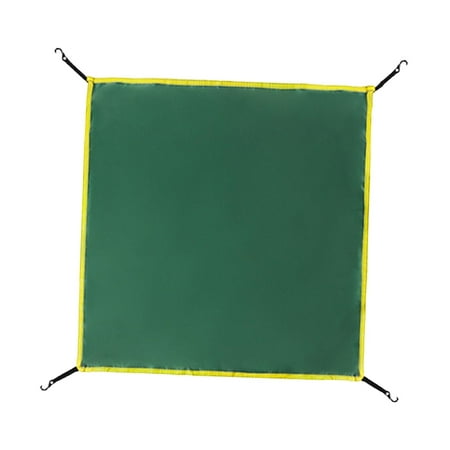
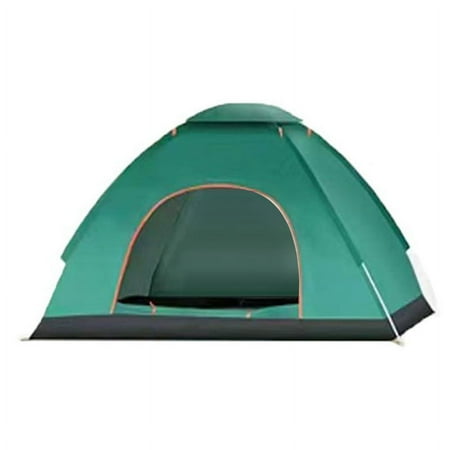





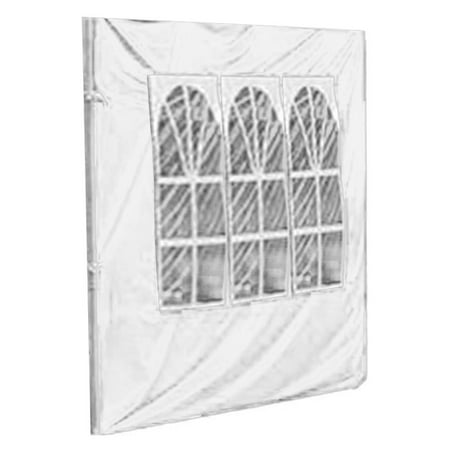

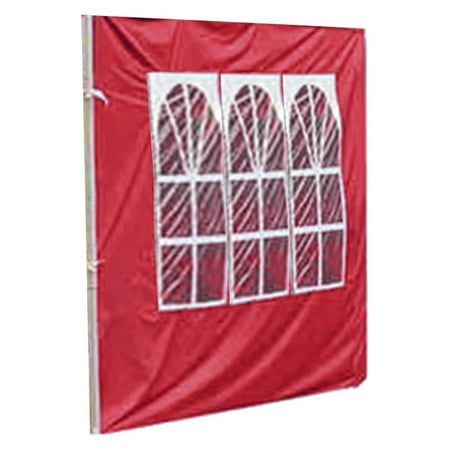
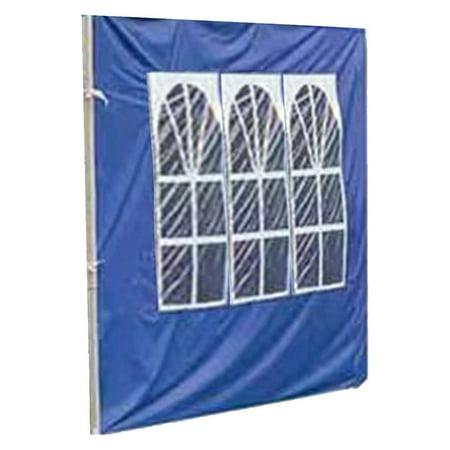

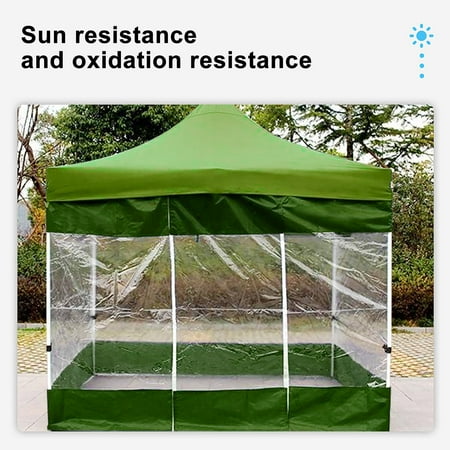





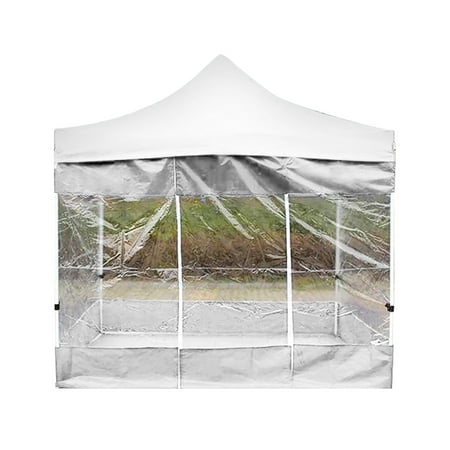

Leave a Reply